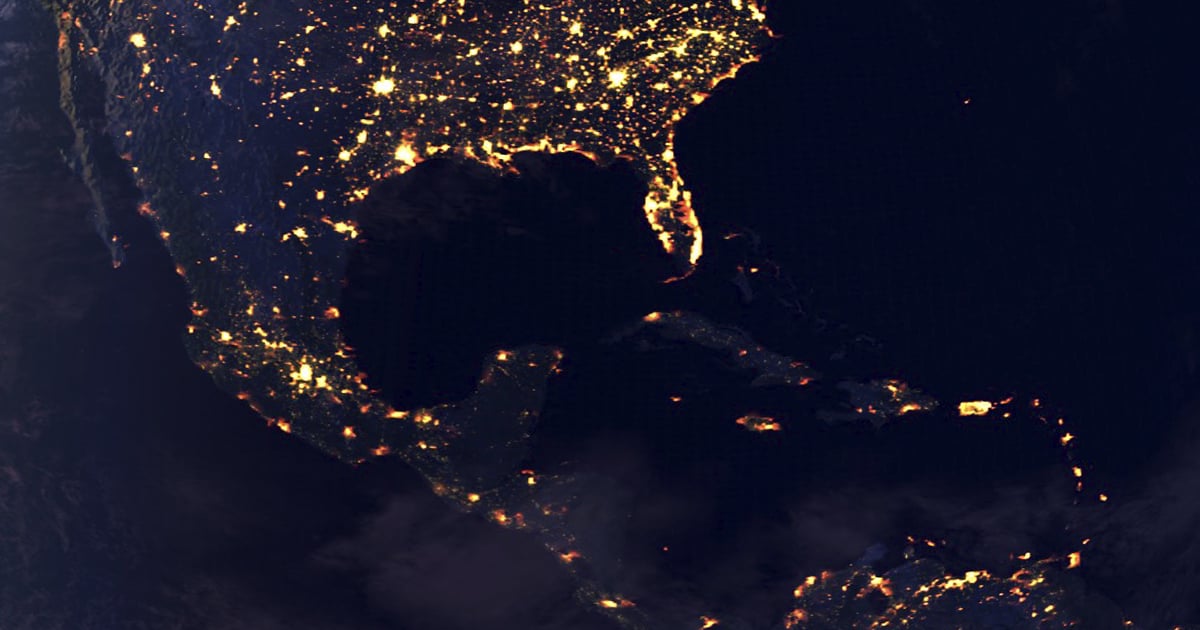A historic blackout has plunged Cuba into darkness. On October 18, 2024, the entire island was left without power following a total collapse of the National Electric System (SEN). This catastrophic event was triggered when the Antonio Guiteras thermoelectric plant went offline, according to the Ministry of Energy and Mines, at precisely 11:07 am. As a result, millions are currently without electricity, and despite reassurances from officials that efforts are underway to restore power, they have conceded that they "cannot determine when service will be restored."
Desperation in Long Lines and Dark Airports
In Santiago de Cuba, the blackout left 60% of the population without access to liquefied gas, leading to long lines as citizens scramble for fuel. Only two circuits powering essential hospitals have seen service restored. Journalist Yosmany Mayeta reports that these lines have sparked chaotic scenes, with individuals desperately seeking the fuel needed to cook during this crisis.
Meanwhile, in Havana, the outage affected even the José Martí International Airport, which was plunged into darkness. Although the Cuban Aviation Corporation claimed that generators were being used to support operations, pictures circulating on social media have cast doubt on the sufficiency of these backup measures to ensure flight safety.
Education Halts Amid Energy Crisis
On Friday, schools across Cuba suspended classes due to the ongoing energy crisis. Journalist Lázaro Manuel Alonso reported that this decision was attributed to the severe deterioration of the national electric system. However, a post on X (formerly Twitter) by the Ministry of Education (MINED) cited adverse weather as the reason, adding to the public's confusion over the real cause.
The government has prioritized power supply to residential areas, curtailing electricity usage in the state sector to only essential centers. Additionally, the Ministry of Culture has canceled events and closed recreational facilities, implementing energy-saving measures across public administration. The inconsistent communication regarding school closures has been criticized as a testament to the government's mismanagement of the energy crisis, as observed on social media platforms.
Internet Disruptions and Public Outrage
The blackout's impact extends beyond electricity. Monitoring firm NetBlocks reported a substantial drop in Internet traffic across Cuba, directly linked to the Guiteras plant's shutdown. This disruption has affected both individual users and institutions reliant on connectivity.
Public reaction on social media was swift and intense. On platforms like Facebook, users voiced their dissatisfaction, asking "How long will this last?" and criticizing the government for its failure to provide effective solutions. Frustration has mounted as prolonged outages persist, with many calling for political reforms in response to what they view as an unsustainable energy crisis.
Resourcefulness Amid Adversity
In the midst of these challenges, Cubans continue to display remarkable ingenuity. A viral image recently showed a local resident converting an old Singer sewing machine into a makeshift charcoal stove. Such improvisations harken back to the "Special Period" of the 1990s, when resource scarcity compelled Cubans to find creative solutions to meet basic needs.
As of October 19, 2024, the blackout endures, and the absence of a clear resolution is mounting pressure on the government. The Cuban populace remains vocal in their demand for decisive action to address a crisis that shows no signs of abating.
